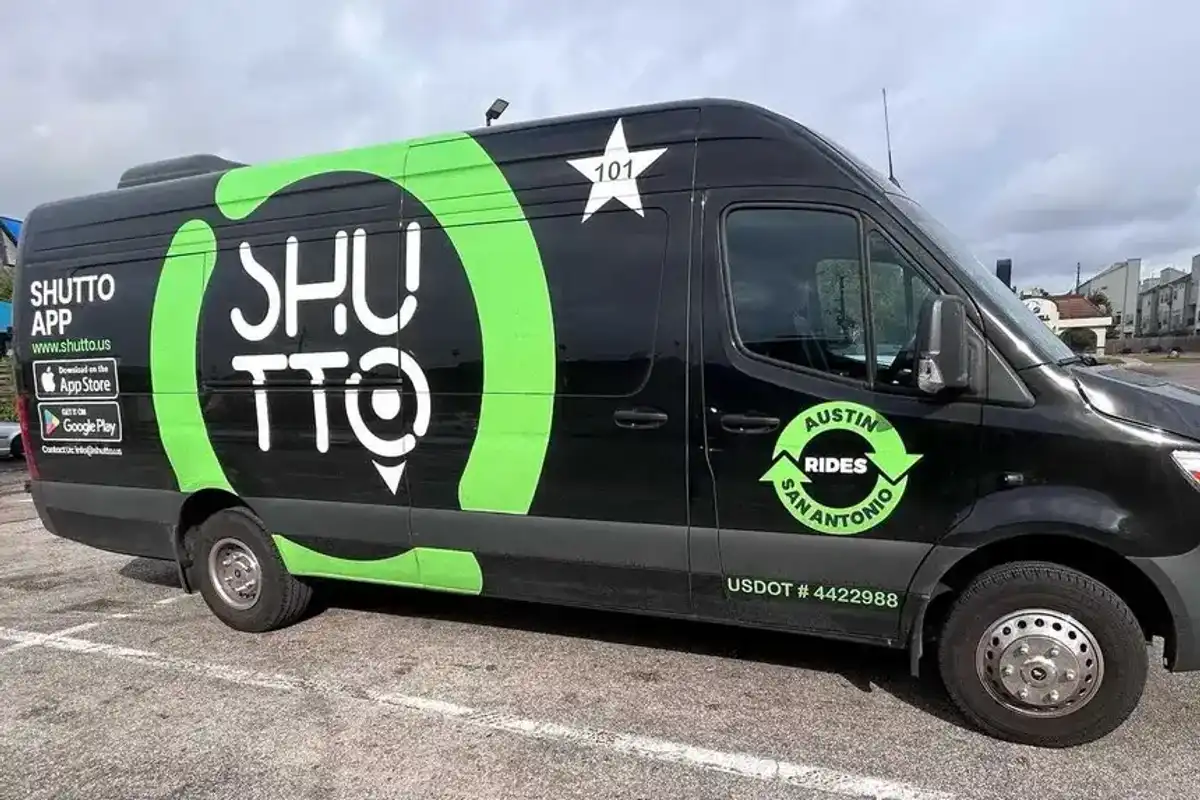Houston expert: How to thrive as an employer amid The Great Resignation
guest column
With Baby Boomers and older generations exiting the workforce in droves and COVID-19 variants still straining hospitals and doctors’ offices, the health-care industry is experiencing its own “Great Resignation” at a time when health-care occupations are projected to add more jobs than any other occupational group.
The U.S. Bureau of Labor Statistics’ Occupational Outlook Handbook reports that “Employment in health-care occupations is projected to grow 16 percent from 2020 to 2030, much faster than the average for all occupations, adding about 2.6 million new jobs … mainly due to an aging population, leading to greater demand for health-care services.”
This greater demand might run into a supply issue if employers don’t act swiftly to find creative ways to retain and recruit their staffs. Today’s workforce knows its value and is no longer so easily enticed or satisfied with basic benefits packages. It’s an employee market and employers across all industries are having to step up and bring their A-game when it comes to retention and recruitment.What you can do to up your ‘A-game’ in 2022
COVID has taught employers that they must change to survive. Spend the time now to develop a strategic plan that will allow you to adapt and improve throughout the year. Be sure to give yourself a cushion in your budget that will allow you to meet new employee demands as they arise and to be generous with relocation and sign-on incentives when you compete for top talent. You can later list these incentives in your job advertisements and highlight any other benefits that might capture interest and bring talent into your organization.
Start your recruitment and retention efforts with a survey of your staff. Find out what they really need and want from you, then try to find ways to meet their demands. Some simple ways for you to take care of your employees right now include:
Bring employees meals to their floor.
Hospitals are becoming filled up once again with sick patients and most are understaffed as employees are contracting COVID from patients. Treat your staff to healthy food—not cookies and cakes—allow them to really stop and take 15 minutes to breathe and fuel their body. This can be done twice or three times a week for each shift. Talk to them about food options or restrictions so that everyone feels like they can participate.
Bring in a counselor on a monthly basis that employees may access during their shift.
Providing this accessible, valuable resource will give your staff the opportunity to address their mental health and wellness and can help you reduce burnout among your ranks.
Allow at least one meeting a week to be focused solely on your employees.
Often the shift start-up meetings are rushed due to the day’s demands. Spend at least one of these meetings a week asking your team things like, “Where do you feel you impacted someone this week?” or ask everyone to share a personal achievement that has helped them personally keep going. This will help you build unity with your team and develop a more positive, empathetic relationship.
Provide bonus incentives to take on extra shifts.
There’s a lot of work to be done and often too few people to do it, so make it worth their while by offering a bonus for taking on more work than normal. You can also provide an option for them to earn overtime on a rotation so they can plan accordingly and still have opportunities for rest and a life balance.
Help relieve the stress of being in a high-risk environment by offering additional paid sick leave for a COVID-related absence.
The paid leave should be for the employee to quarantine at home and convalesce or care for an immediate family member who has the disease, and it should not take away from their accrued unused time off. Consult your HR advisor or attorney to find out whether paid sick leave is legally required in your jurisdiction.
Say “thank you.”
It may sound overly simple but just having the executive leadership go in and say thank you, shake hands, or even show up to a shift meeting can show the staff that their leadership cares about their hard work and recognizes the excellent care they are providing to their clients and patients. People in health care or associated service industries just want to know that they are making a difference, so share positive feedback from patients when you can. It matters.
------
Denise Macik is the manager of strategic HR advisory services for G&A Partners, a leading professional employer organization that has been helping entrepreneurs grow their businesses for more than 25 years.





